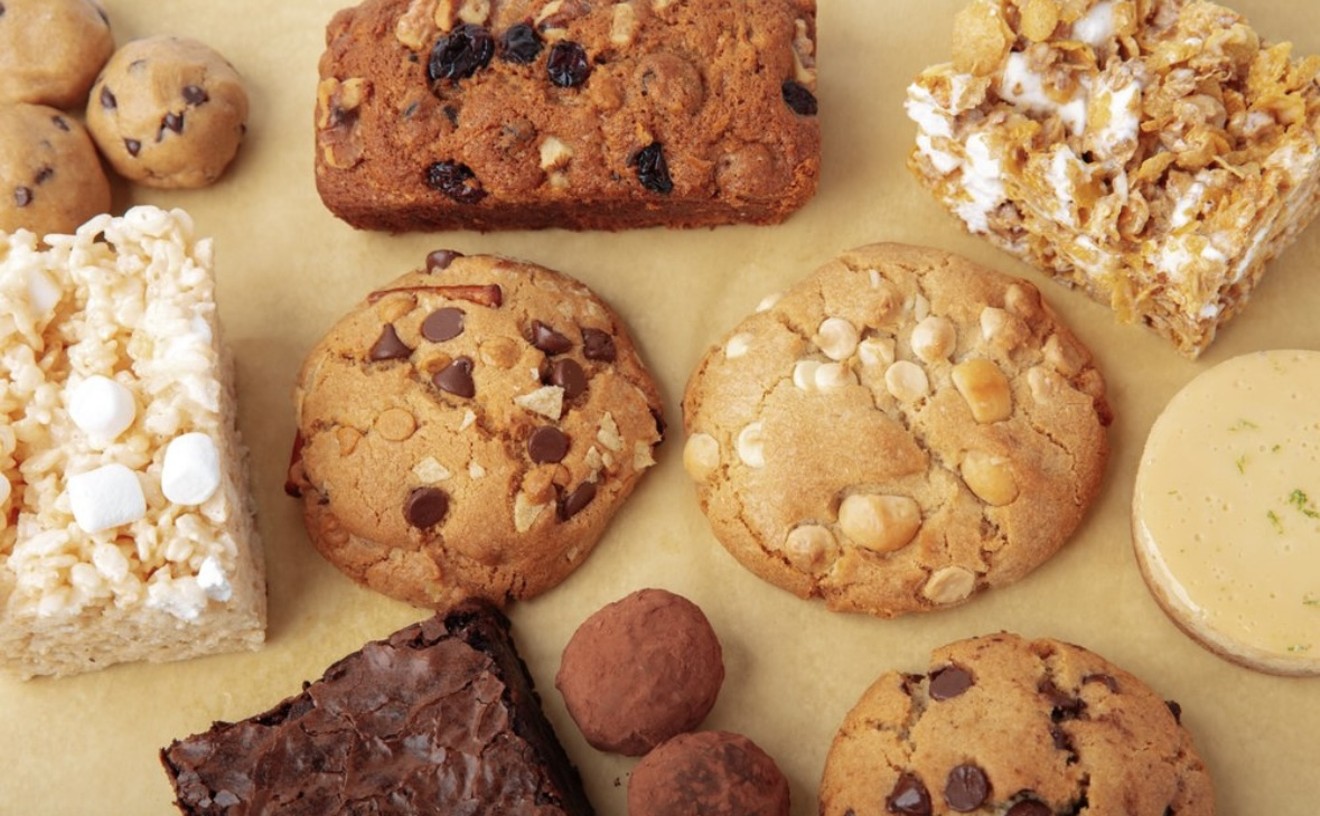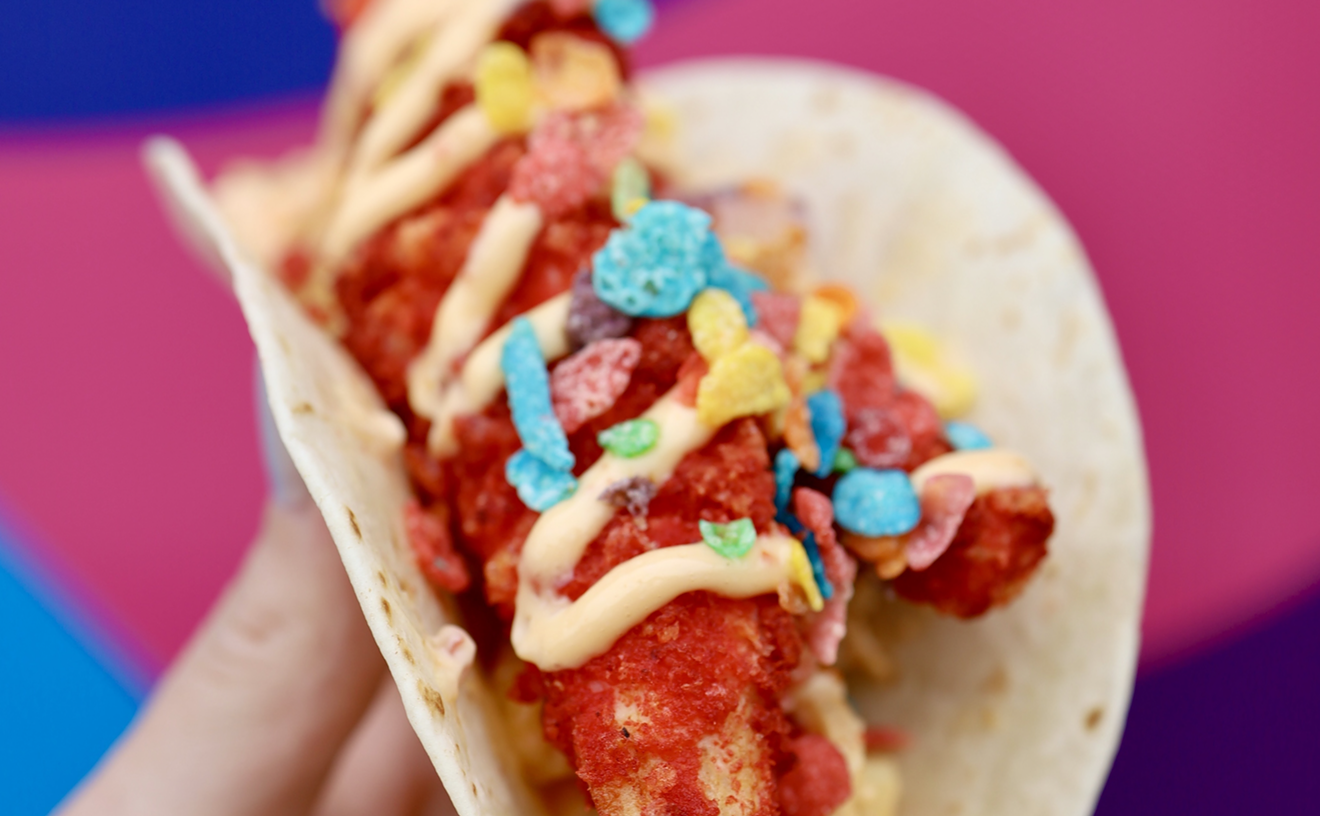Here's part two of Riki's trip to Atlantic Canada. If you missed part one, go here.
After getting our fill of funnel cake at Ship to Shore, we were taken to Prince Edward Aqua Farms in Malpeque Harbour to see not only how blue mussels are farmed but also how the company's Island Gold blue mussels are processed.
The technique used by Prince Edward Aqua Farms is called rope growing. Instead of letting the mussels grow on the ocean's bottom, farmers seed a few mussels on ropes dangling down from one giant, taut rope suspended with buoys on either end. The mussels exude strings of adhesive (yes, like Spider Man) known as byssal thread that binds them together.
Since their mussels never touch the bottom they don't pick up much--if any--sand or grit and the critters get fatter because of all the food particles that float by. Full development takes anywhere from 18 to 24 months. In that time, the farmers occasionally lift the ropes to check on them. Sometimes they "sock" the ropes with netting to keep predators, like starfish, at bay.
All of PEI's seafood is grown only to market demand but that demand keeps many of the area's farmers working 365 days each year. Yes, ice fishing sounds like a bitch, but these fishermen seem to complain.
Once they hike up a few ropes of ready product, they toss the mussels into a giant machine that gently cleans them and separates the strings. This process is called de-bearding. Here's what those strings look like. We were told the adhesive is being tested currently for medical applications.
And speaking of environmental sustainability, the plant's filtered wastewater is sold to farmers and gardeners for fertilizer and they've created a non-chemical soil enhancer, too.
Later that night, hungry after watching the harvesting, cleaning, grading, storing, and packaging process, we dined with a number of mussel farmers and members of the Mussel Industry Council. But it was only when we spotted this tat on the calf of grower Gary Rogers that we realized just how much these people love their mollusks.
Tomorrow we'll step inside a sturgeon caviar farm, see a giant rainbow lobster with five-pound claws, and find out what the heck a fiddlehead fern is and what they do with 'em out there in O Canada.
Follow Short Order on Facebook and Twitter @Short_Order.










